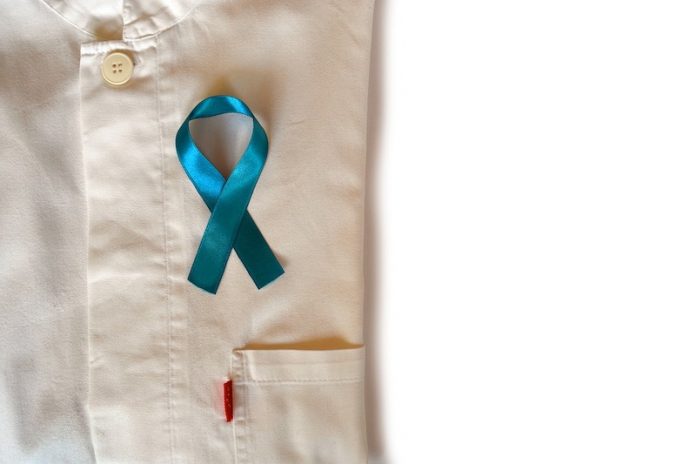
Prostate cancer is the second leading cause of cancer deaths in men in the United States.
About 11% of men will be diagnosed with the disease in their lifetime. Removal or other whole-gland treatment of the prostate carries risks of urinary incontinence and erectile dysfunction.
However, technological advances have provided clinicians with options for focal therapies with fewer complications.
In a recent study from Mount Sinai and elsewhere, researchers found gold nanoparticles shown to be a safe and effective treatment for prostate cancer.
They found biocompatible gold nanoparticles designed to convert near-infrared light to heat could safely and effectively treat low- to intermediate-grade tumors within the prostate.
This treatment could offer patients an effective therapy option that would preserve critical structures within the prostate, thus avoiding side effects associated with whole-gland treatment.
The study is published in the Proceedings of the National Academy of Sciences. The lead author is Ardeshir Rastinehad, DO.
In this study, the researchers tested the effectiveness of AuroLase® Therapy, a treatment from medical device company Nanospectra Biosciences.
AuroShells® are designed to absorb energy from near-infrared light and convert it to heat, resulting in selective hyperthermic cell death, without affecting adjacent non-tumorous tissue.
The team invented the technique used in the clinical trial to target and treat prostate cancer cells. The treatment was effectively demonstrated in previous cell studies and animal models.
The researchers tested the new therapy in 16 men aged 58 to 79 with low- to intermediate-grade prostate cancer.
All were diagnosed and treated with a targeted biopsy technique called magnetic resonance-ultrasound fusion imaging, which uses MRI technology to extract a tissue sample directly from the tumor.
The patients underwent infusion and high-precision laser ablation and received an MRI of the prostate 48-72 hours after the procedure, MRI-targeted fusion biopsies at 3 and 12 months, and a standard biopsy at 12 months.
The team found the new therapy was successful in 87.5% of lesions treated at one year of follow-up. The goal of researchers was to find an eradication of cancer cells during a biopsy.
They say the new method allows for a focused therapy that treats cancer, while sparing the rest of the prostate, thus preserving a patient’s quality of life by reducing unwanted side effects, including erectile dysfunction and/or the leakage of urine.
Copyright © 2019 Knowridge Science Report. All rights reserved.



